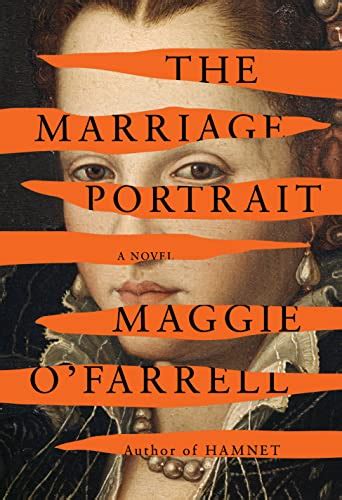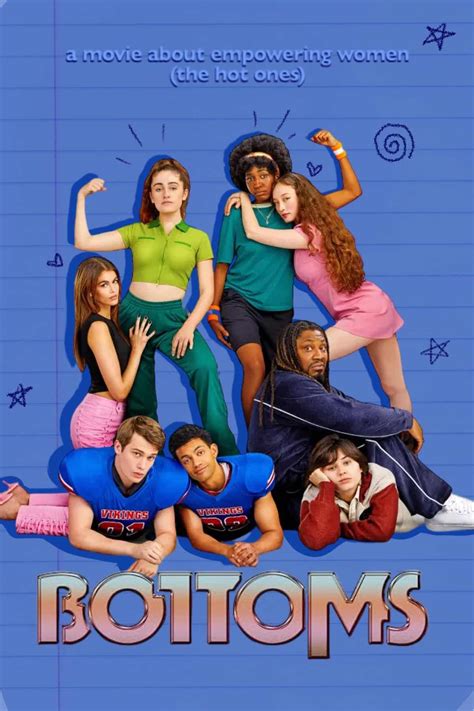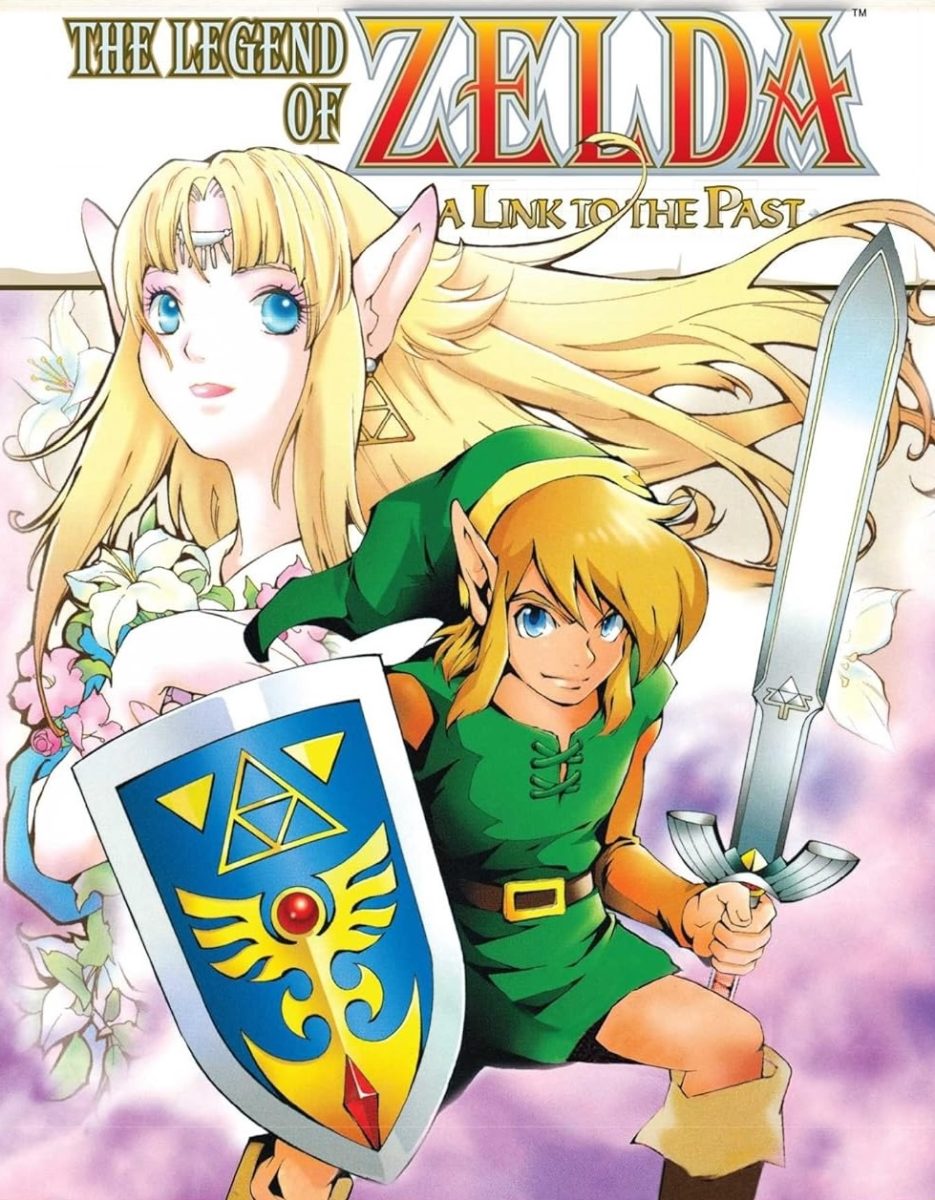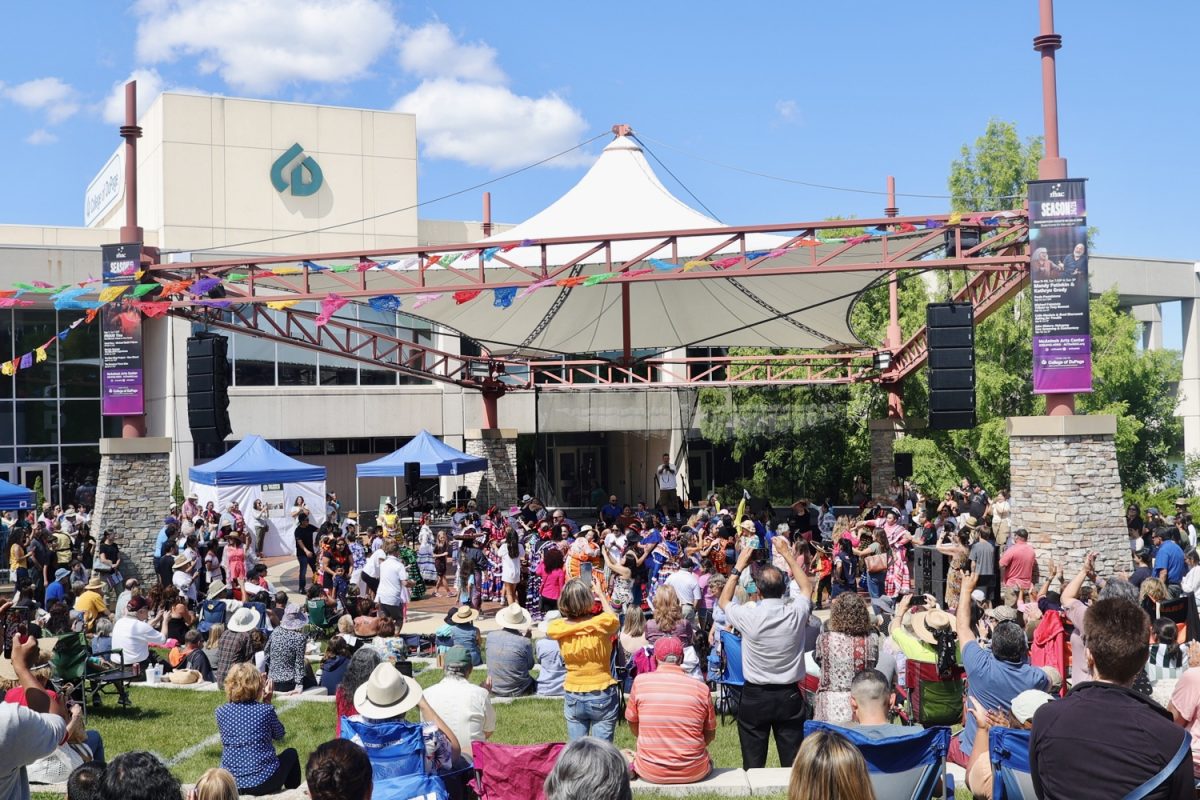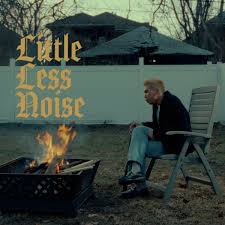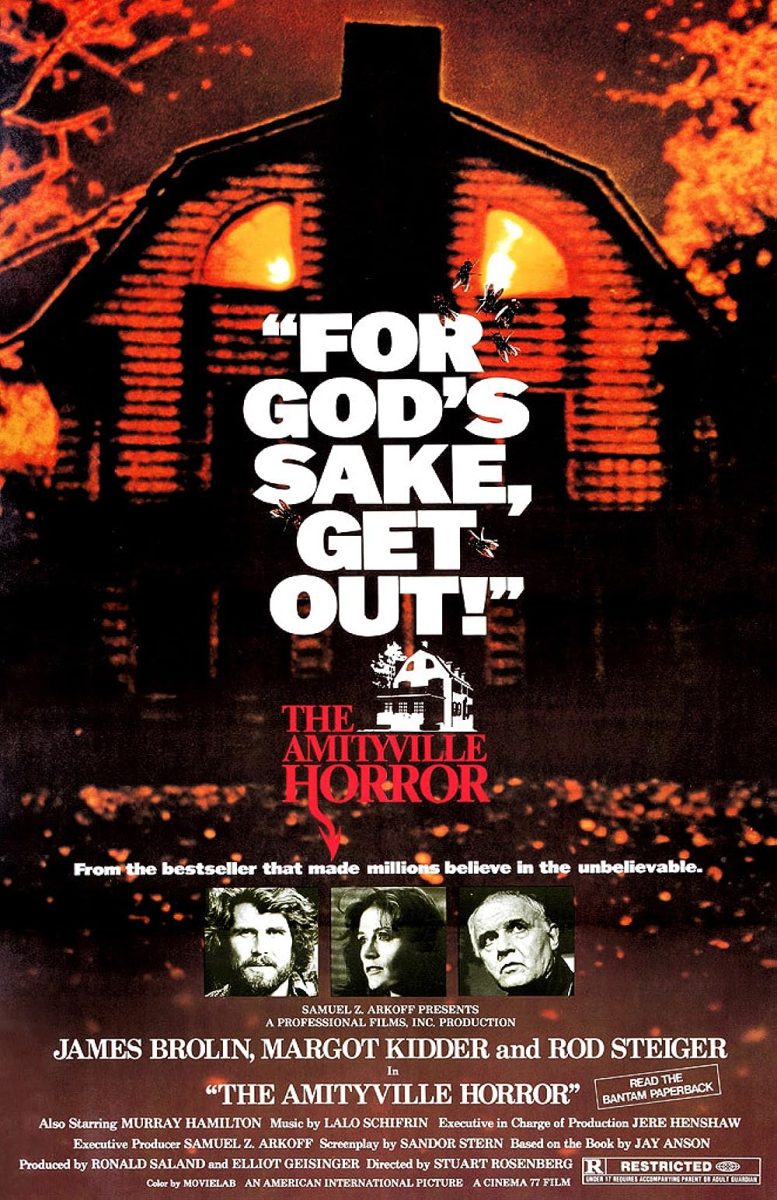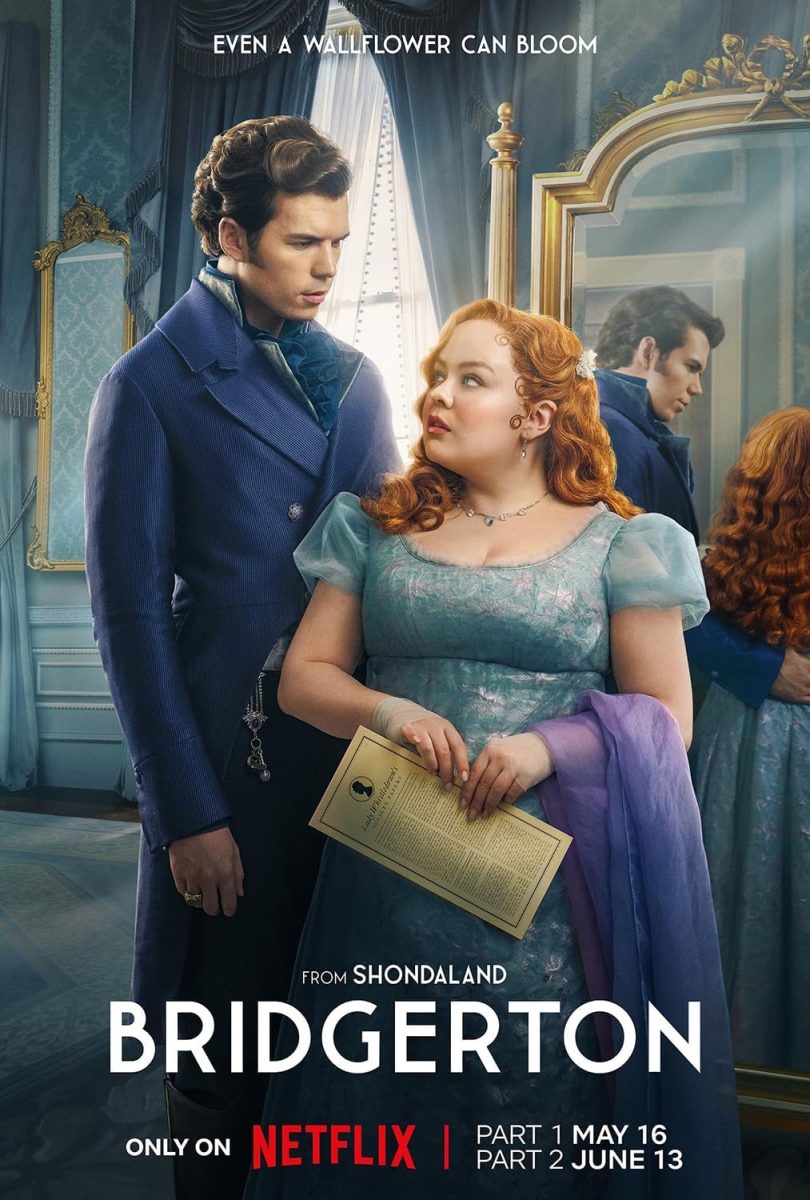Gone are the days when movies about monsters and murderers have people flinching in their seats. Psychological thrillers are where it’s at these days. You can keep your lights on at night to get rid of the creeps, but that won’t stop the issues that live inside your home.
Those were my thoughts as I watched 1979’s “The Amityville Horror” in COD’s new screening room amongst an audience of students and community members. It was my first time watching the famous movie, and it reminded me of some of the first scary movies I ever watched at around age 10 – “The Conjuring” and the “Paranormal” series. Looking back at those after watching “The Amityville Horror,” I realize the family-hunting genre of horror films has a long legacy that’s engrained in American horror film culture.
The three decades’ worth of discourse around “The Amityville Horror” covers pretty much every detail of the movie and the real-life events it was inspired by. Yet, there’s still an untapped discussion about how “The Amityville Horror” created a movie genre that isn’t simply demonic hauntings, but uses these as tools to convey family trauma and psychological horror – leading right up to the most popular 2010s movies I grew up watching.
“The Amityville Horror” and its trailer do a good job juxtaposing the wholesome start; a young, newlywed Catholic family moving into what seemed like their dream home in a quiet suburb. The house infamously had a yard sign with “high hopes” written on it, underlining the innocent attitude the Lutz family held. Within 28 days, this came crashing down.
The youngest son, Danny Lutz, was recently in a documentary, “My Amityville Horror.” He described his experience in the house as a child, still fully believing it’s haunted, and how it took time to recover from his childhood memories. One thing that caught my attention was Lutz mentioned their stepfather was intimidating and maybe a little abusive. I think this was just one underlying example of what really went on in Amityville. While the movie portrays the father’s anger as a side-effect of demonic possession, there’s also an element of financial stress and familial conflicts that was very palpable and realistically stressful.

By now, the possession narrative is well-known as a hoax. It infamously started as “the devil made me do it” defense for Ronald DeFeo during his family murder trial and continued with the Lutz’s haunting claims, which people chalk up as a cash grab scheme. Meanwhile, the lore surrounding Amityville still conjures up everything from exorcisms and ghost hunters to demonology books and Native American burial sites.
The sad part is this hurricane of paranormal investigation and horror cinema has hijacked the original DeFeo family’s murders, where four children and their parents were shot in their sleep by the eldest son.
The ongoing fascination with this “based on a true story” movie is a sign of people’s obsession with family tragedy. The movie juxtaposes the happiness of a young family building a dream home before a series of family arguments and household accidents derail their dream. Stephen King expertly pointed out the way the movie capitalizes on common financial and household stresses to build suspense. Minor things like the loss of the wedding money and the house’s defective insulation and tar-filled toilets play into very real fears.

The family haunting and psychological horror genre took a particular leap in the 2010s, with over a hundred movies listed on Wikipedia’s 2010 psychological horror films page. It may be indicative of how society’s newfound acknowledgment that mental health issues and generational trauma led to diverse on-screen portrayals, even in the horror genre.
Looking at past decades, movies often reflect real societal fears of the era. The ‘60s had alien movies, as society became enraptured by the Space Race and UFOs. In the ‘70s and ‘80s, the Satanic Panic and notorious serial killers produced loads of gory slasher films. The ‘90s and 2000s hailed the found footage genre as personal video cameras became commonplace. There’s definitely still overlap and shared themes between all these eras of movies, and even the modern family haunting genre holds roots in “The Amityville Horror.”
Nowadays, movies like “The Conjuring” and “Insidious” are almost carbon copies of the Amityville formula; a young family moves in, household mishaps occur, the parents argue, the little kid turns antisocial and possessed, and demonic shenanigans ensue. “The Conjuring” universe even features Ed and Lorraine Warren characters, based on a real couple who were self-proclaimed paranormal investigators during the Amityville events.

The popular theme of a wholesome family haunted by demonic elements actually lends to a much more real theme; family trauma and psychological horrors. In these movies, the symbol of a childhood home or a new couple’s first house and the memories of comfort that we associate with it are used as a device to make it more hurtful when the home is contaminated by demons. These are the epitome of the family hauntings genre. One unique divergence in this trope is Jordan Peele’s “Us,” where the family is victimized by distorted clones of themselves, rather than monsters or demons.
Some of these movies convey how family dynamics are tested by supernatural events, but other movies use supernatural events as a metaphor for trauma and mental illness. The most popular of these are director Ari Foster’s films. Known for its ironically sunlit and flowery set, “Midsommar” features a woman whose family dies at the very start of the film and leaves her with emotional scars that make her vulnerable to a cult. Another cult theme crops up in “Hereditary,” which examines the pain of inherited mental illness.
One of the best psychological murder mysteries of the era is “Sharp Objects” by writer Gillian Flynn. It uniquely portrays Munchausen Syndrome by Proxy, which is a mental illness where a parent purposely makes their child sick because they find it gratifying to control or take care of them.
Honestly, it’s more interesting to watch these realistic ones, because the demonic or supernatural twists ruin some of these movies. If you want to make a jumpscare demon movie, do it. Just be careful with making those trauma allegories, because there is a respectful way to do it. Especially when your movie is based on a brutal family murder from five years ago, like “The Amityville Horror” was.








